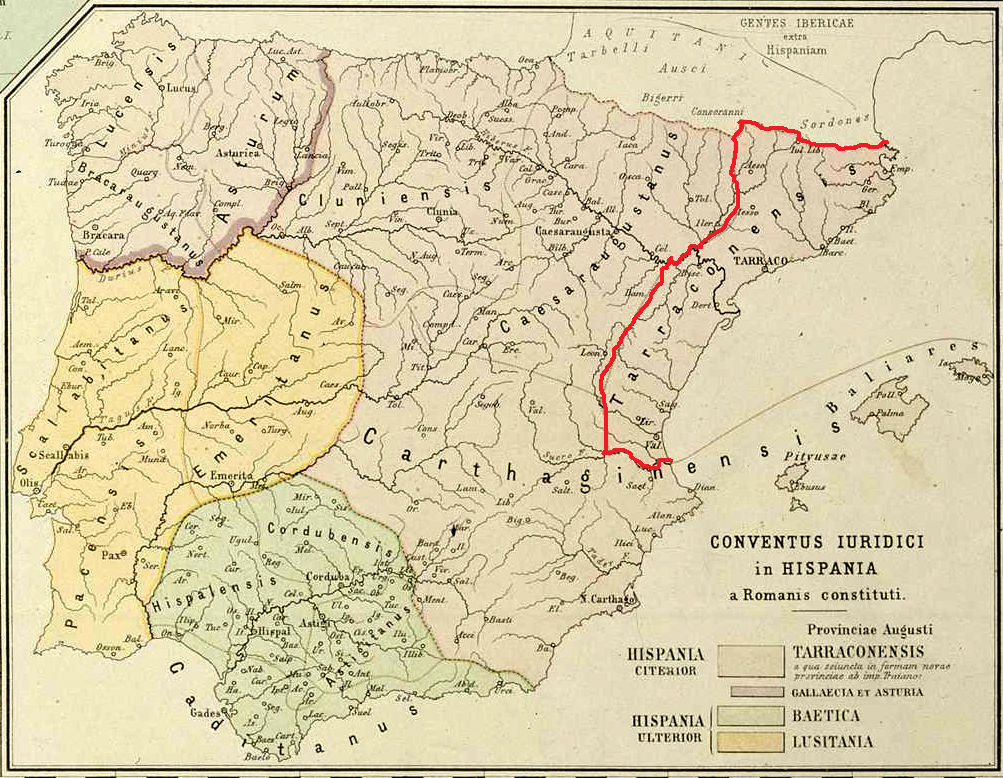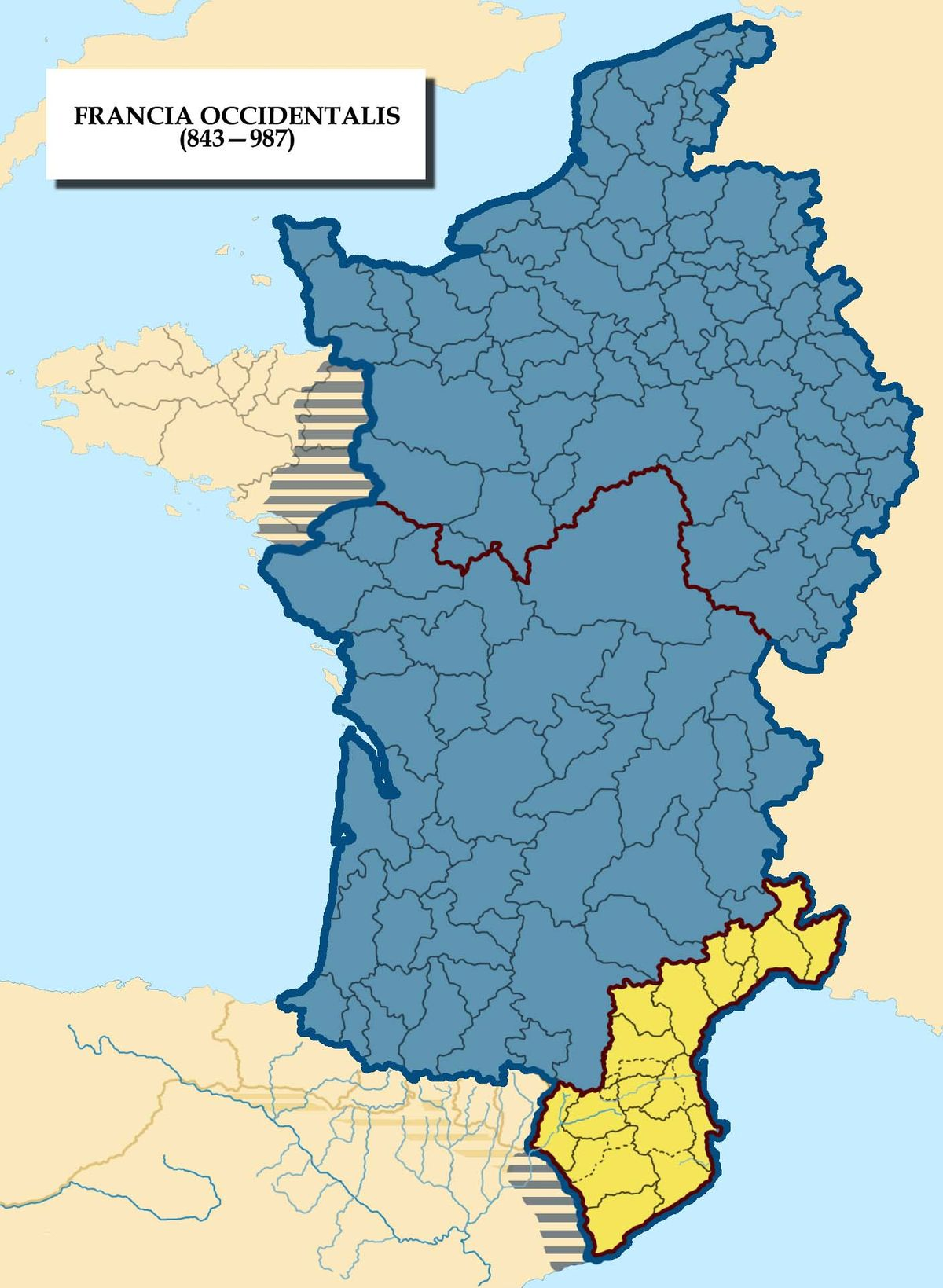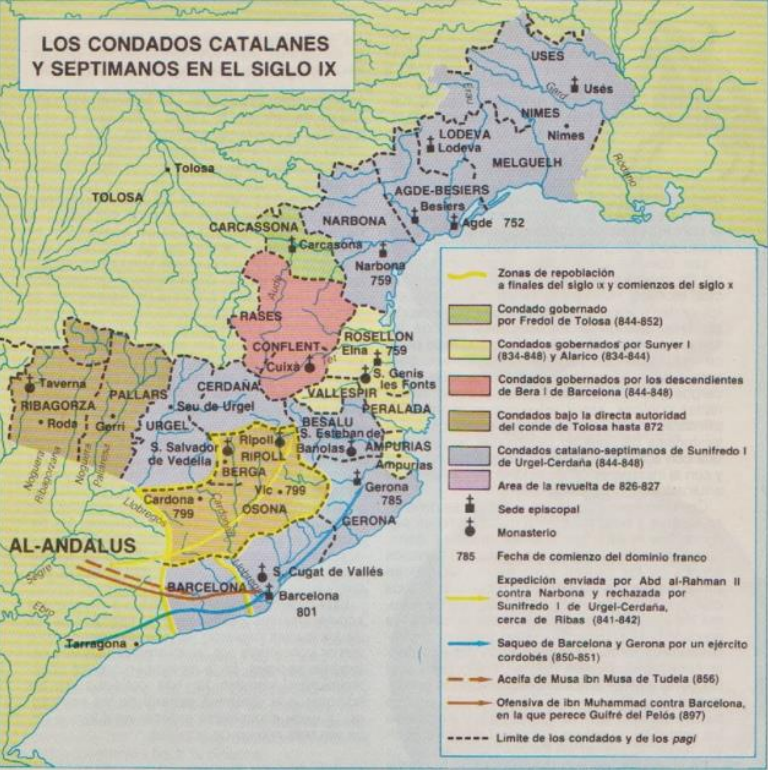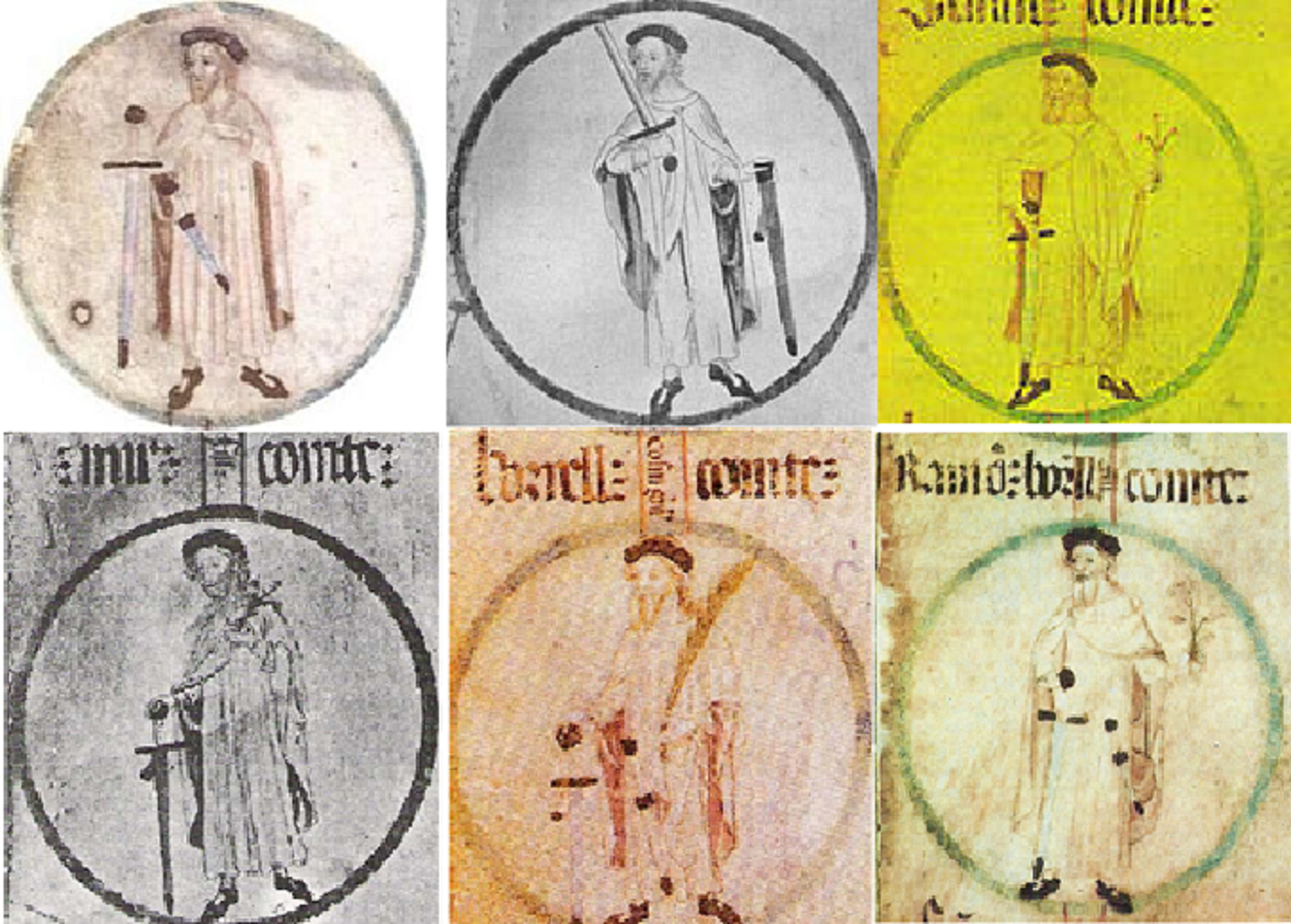Aachen (capital of the Carolingian Empire), the year 812 of the Common Era. 1,210 years ago. The chancellery of the emperor Charlemagne decreed the obligation to deliver the liturgy in the vernacular language of each territory: "In rusticam romanam linguam" (in the vulgar or popular Latin language). That ruling represented the first documentary evidence of the existence of vulgar languages arising from the different local evolutions of Latin. Shortly afterwards (813), the Councils of Mainz, Reims and Tours confirmed this measure. The scholars Modest Prats and Josep Maria Nadal, in Història de la llengua catalana (Edicions 62), state that “the people no longer understood ecclesiastical Latin”. And they asserted that "in order for the vulgus (the popular classes) to understand what was being preached, another language was required, the one we later called Catalan."

The Latin dialect of the 'Tarraconense'
Latin was never a uniform language across all the domains ruled by Rome's "Capitoline Wolf". Professor Manuel Sanchis Guarner, when explaining the origin of the dialects of Catalan, stressed the importance of the phenomenon of the substrate, meaning the influence of pre-Roman (in the Catalan case, northern Iberian) indigenous languages in the formation of a genuinely local Latin (as genuine as that of any other area of the Empire) that was spoken between the 2nd and 5th centuries CE on the coastal strip between the Corbera range in the north and the Albufera de Valencia wetlands to the south, and between the Mediterranean coast in the east and the confluence of the Segre and the Ebro to the west (marked by red boundary on the map above). In short, the historic region of the northern Iberian nations that, with the exception of the northern Pyrenees, the Roman state also placed within its own delineations: the Conventus Tarraconensis.
The first step
Historians agree that the Arab invasion (711-723) created a rupture in the thread of history in the Iberian Peninsula. In the northeastern tip of the peninsula (especially north of the Ebro), there was a massive exile northwards to the Frankish kingdom and much of the current territory of Catalonia was left virtually uninhabited. Tarragona, the great city of the territory, lost all of its 15,000 inhabitants. Barcelona, Girona and Empúries went from 5,000 inhabitants to less than 1,000. And the large farms, heirs of the Roman villas and scattered across the great plains of the country, were abandoned. At present, we do not yet have numerical data for the whole territory, but, without a doubt, the exile was a phenomenon of colossal proportions.
The second step
At the very least, between 714 (departure of the first contingents of exiles) and 759 (recovery of the city of Narbonne), the hispanii and francii (as they are called in contemporary sources) mingled and created their own singular cultural community in the interior and unoccupied areas of Septimania and Provence, in what is today France. Naturally, the popular language of this new society was no longer the same that had been spoken, only a few decades earlier, in the Conventus Tarraconense, but was substantially different from the vulgar Latins of the Garonne and Ebro valleys. And also, needless to say, different from the vulgar Latins which, at that time, still subsisted (and who would end up disappearing during the eighth and ninth centuries) in the east of the Iberian peninsula or in the more distant valleys of the Tagus and the Guadalquivir.

The third step
The campaign of Carolingian conquest, which materialized with the restoration of Avignon (737), Nimes (752), Narbonne and Elna (759), Girona, Llívia and Urgell (785) and Barcelona (801), then promoted a formidable movement back to the “land of the ancestors”. Historians Ramon d’Abadal and Josep Maria Salrach explain that the Carolingian chancellery encouraged people to return through formulas for land allocation very favourable to the descendants of the exile. And, during that short but decisive stage (759-801), a second interbreeding would take place: the settlers descended from exile, who accompanied the Carolingian troops and administration, with the natives who had not gone into exile. The result, in the linguistic field, would be the emergence of a local dialect, its own and genuine, slightly different from what was spoken in the rest of the Gothic March (north of Narbonne).
Why did Narbonne mark the limit?
The Pyrenees have never been a natural border. The first organized societies to occupy the territory (the northern Iberian nations) already lived, worked and traded from one side of the Pyrenees to the other. The pre-Roman Sordones who lived in Roussillon had a closer human, economic and cultural relationship with other societies to their south - the Indigetes of the coastal Empordà or the Ceretans of interior Cerdanya and Urgell - than with the Volques, further north in Aude. The Pyrenees have always been a common space for the exploitation of resources and for commercial and cultural exchange. On the other hand, between Salses and Narbonne, the space formed by unproductive wastelands and unhealthy wetlands, has always been a border. So much so that, during the ninth and tenth centuries, it would separate two worlds that would have their own and differentiated cultural evolution: in the north, Languedoc and in the south, Catalonia.

The Gothic March: one territory, two languages
Professors Nadal and Prats note the persistence of a very minor academic current which still maintains that Catalan is nothing more than a dialectal variant of Provençal that arose north of the Gothic March (8th and 9th centuries). And they support this with the argument that Provençal and its dialects were the vulgar Latin of the Carolingian Gothic March (8th to 10th centuries), the name given to the territory which stretched from the Rhone delta in the north to the Llobregat delta next to modern Barcelona. However, they do not make any calculation for the return from exile which caused a second interbreeding with the indigenous elements of the high valleys of the rivers Tet, Ter, Fluvià and Segre (which had neither been subjugated by the Arabs, nor had joined the exodus). In the areas where this contact took place, formed by the Carolingian counties of Rosselló, Empordà, Cerdanya and Urgell, there would be a unique evolution that would lead to proto-Catalan.
The first awareness of a language of one's own
The preaching of the liturgy in the vernacular language would revolutionize society in the southern half of the Gothic March. Especially the part that, in the shadow of the Carolingian expansion, came into existence straddling the Pyrenees. The vulgar Latin of the area, which arose during the stage of the Carolingian political fabrication of the Catalan nation and was raised to the language of communication and dissemination by the Chancellery of Charlemagne, never entered into opposition with imperial politics. The historian Flocel Sabaté states that, at that time, Carolingian chancelleries associated the cultural and linguistic diversity of their domains with the fullness of imperial power. And that proto-Catalan, which already appears in some official documents (Capbrevacions de la Seu, 839) would become the main element of identity of a community that, simultaneously, came into being politically and culturally.

